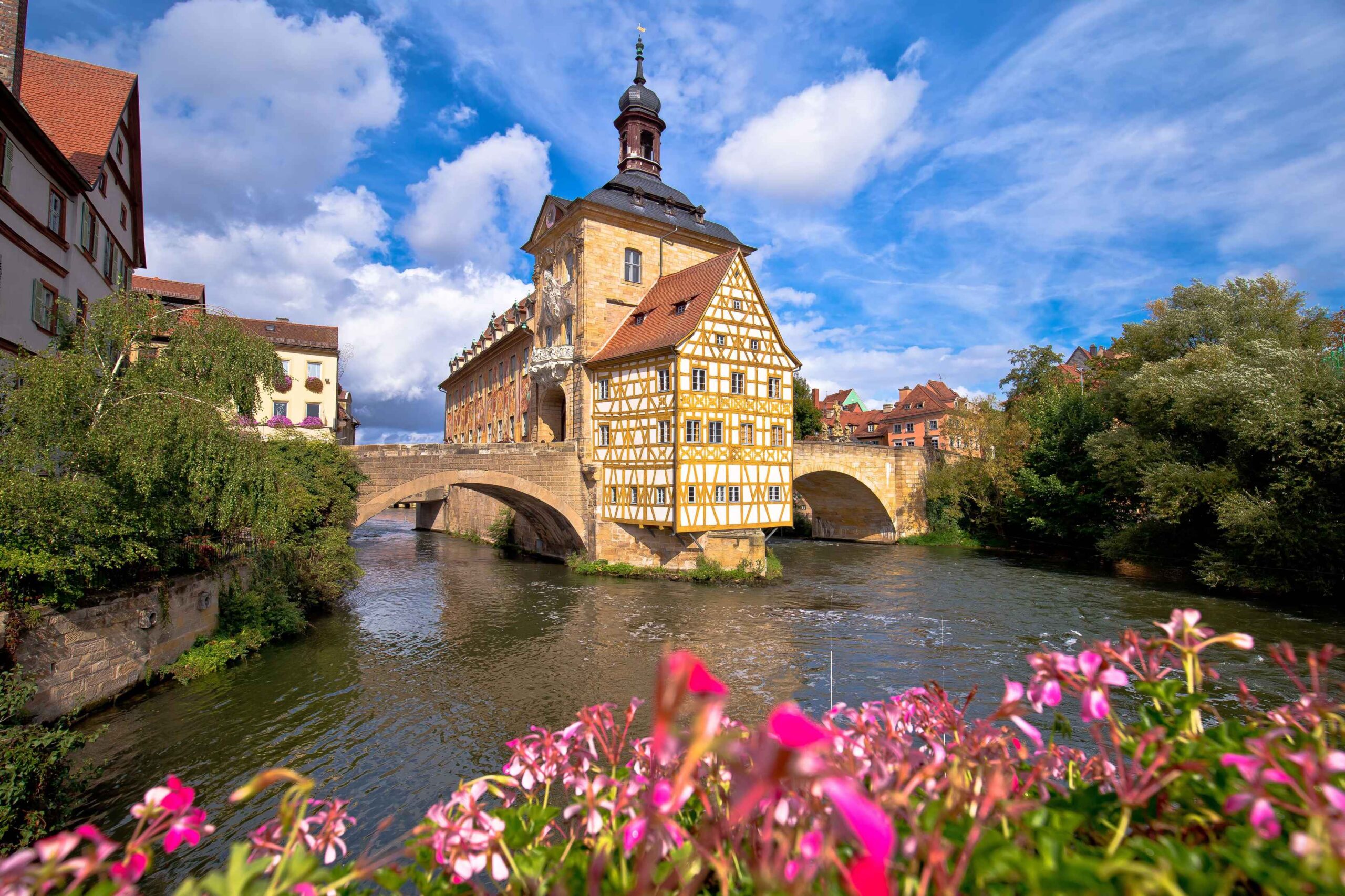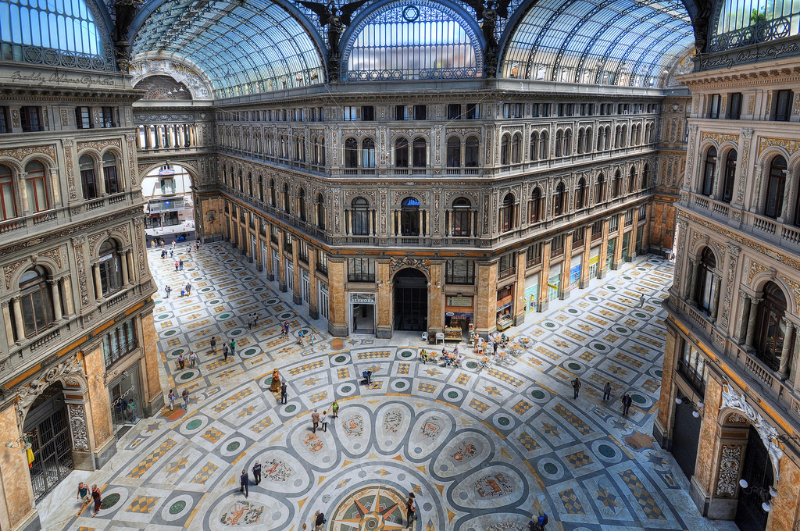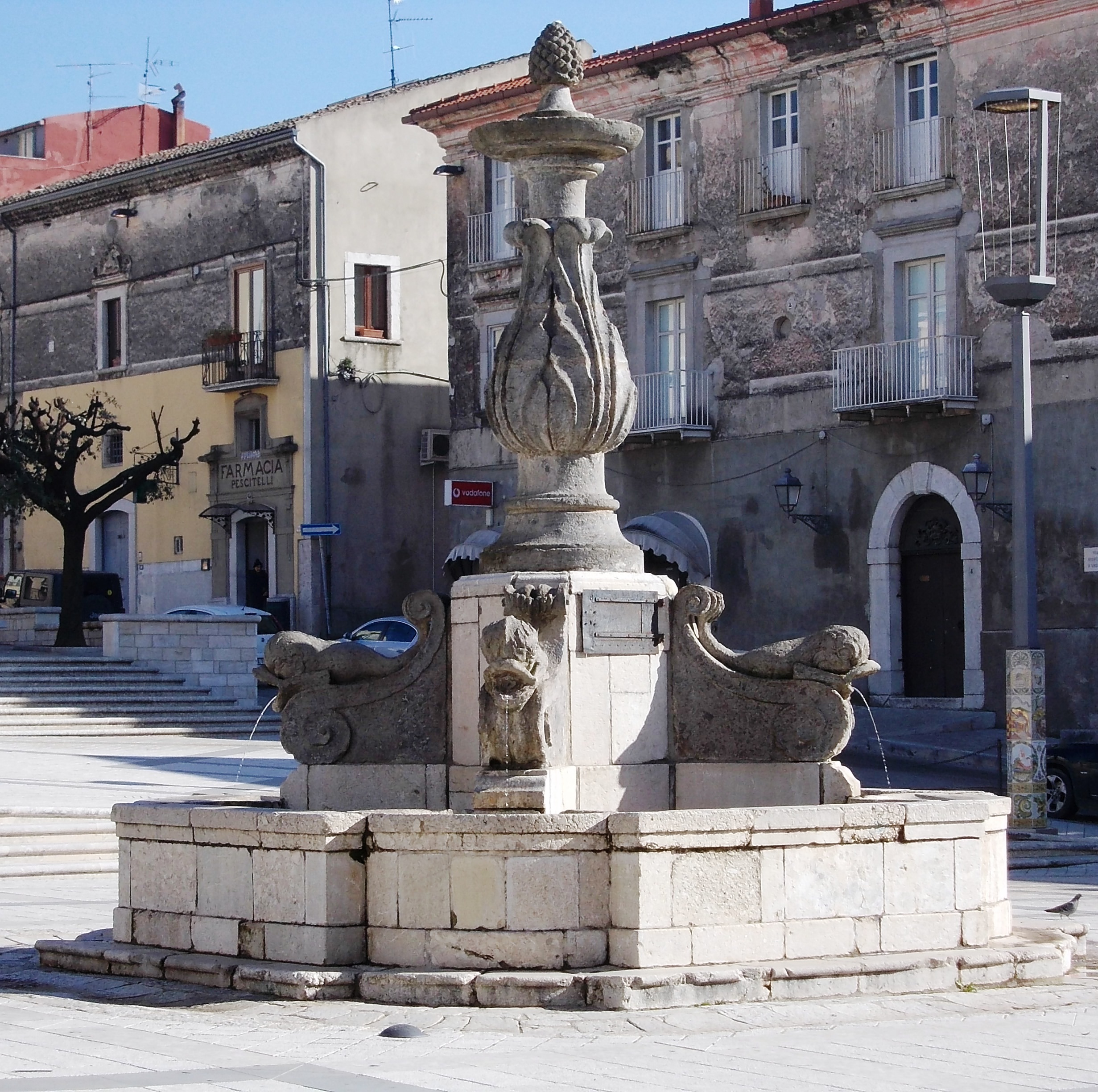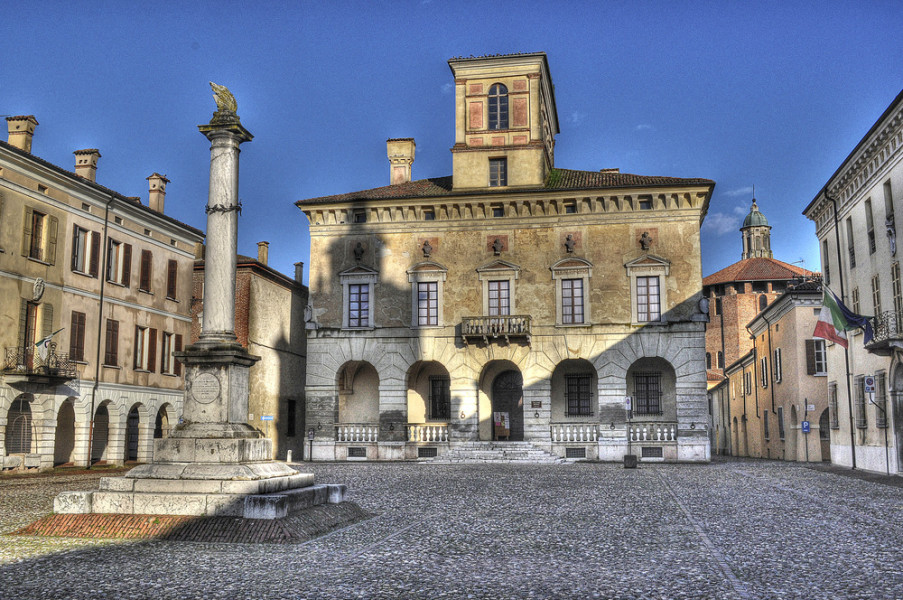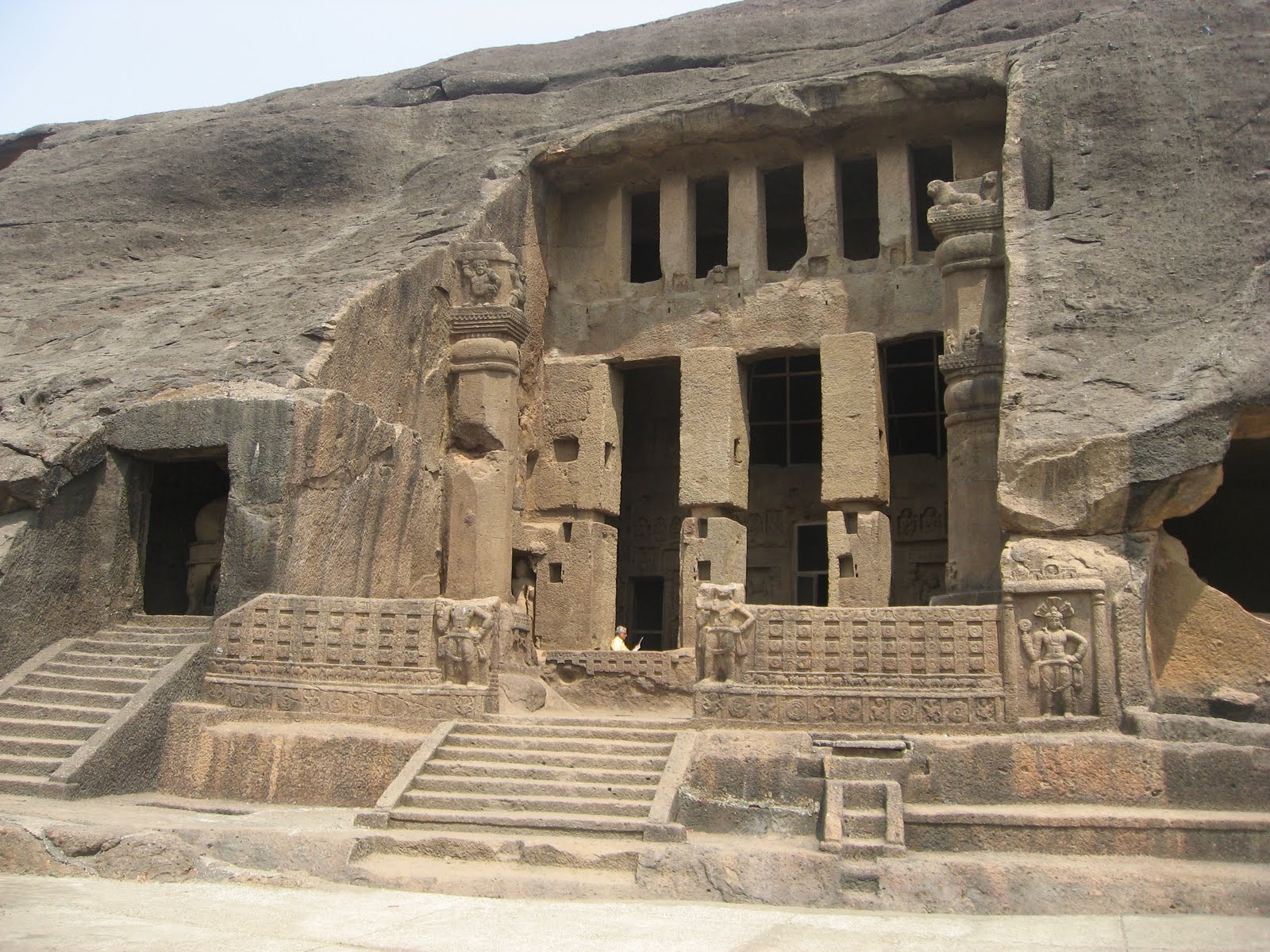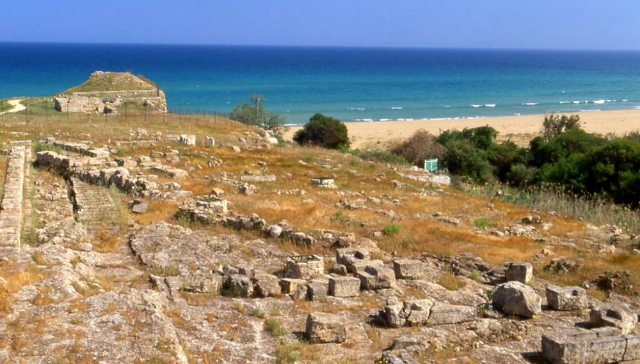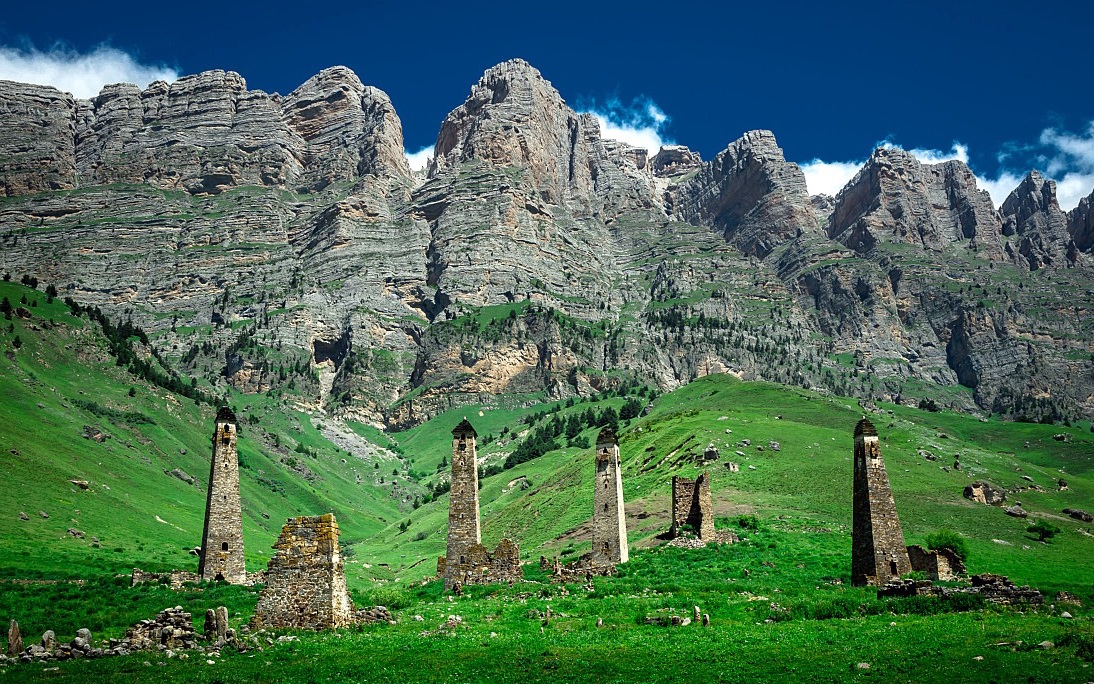Bamberg is one of the most beautiful cities in Germany just a few kilometers from Nuremberg. It is famous for its monuments and its medieval and baroque architectures. This charming little town is representative of the former German cities before industrialization.
A thousand years of history have shaped this splendid Bavarian city – the first records date back to 902 when "castrum Babenberg" had only a few hundred inhabitants, now about 70,000 – in its palaces, churches and streets: visitors’ attention is immediately drawn to the imposing cathedral with its four bell towers and the Altes Rathaus (old town hall), anchored like a ship in the middle of the Regnitz, one of the rivers that flows through Bamberg. The oldest part of the city is built on seven hills, each of which offers a picture-postcard view, the Michaelsberg being one of the best. One of the main monuments is, as mentioned above, the Dom, consecrated in 1012 and then subjected to new works, completed in 1237. Inside, there is the "Bamberger Reiter", a sculpture that ideally represents the figure of a Christian king in 1200, and the tomb of Pope Clement II, who died in 1047 and is the only Pontiff buried in Germany.
Next to the cathedral is the Neue Residenz, built by the city’s prince-bishop from 1613. Don’t miss the Kaisersaal, decorated with illusionistic frescoes and portraits of Holy Roman Emperors, and the magnificent Rose Garden, with 4,500 roses of 48 different species. Lovers of Baroque architecture should visit the Grüner Markt area, also famous for the fruit and vegetable market held on the Maxplatz, where the St. Martin Church is located, built by George and Leonhard Dientzenhofer between 1686 and 1693 for the Jesuits.
On the way to Michaelsberg Hill you reach St. Michael’s Church and the Benedictine Monastery (now an old people’s home), founded at the beginning of 1015 under the auspices of Heinrich II and baroquised between the end of the 17th century and 1750. The terrace offers one of the best views of Bamberg and the surrounding countryside. Leaving the hill and descending into the city, it is worth visiting the Carmelite Church and Convent (Karmelitenplatz 1), founded in the 12th century and still inhabited by the monks. The church, built in the same years as the convent, was later embellished with new altars, paintings and statues between 1692 and 1701. Leaving the Baroque and moving on to the Gothic, we find ourselves in front of the Obere Pfarre (Upper Parish Church), the foundation stone of which was laid in 1325; here, too, however, the 17th century influence is felt: the altar is another sumptuous example of Baroque style.
The Böttingerhaus, considered to be one of the highest examples of German Baroque patrician houses, is remarkable. The façade is striking for its rich decorations and stucco work, while the interior features a grand staircase, courtyard and garden. The Schillerplatz, where the romantic writer and poet Hoffmann lived from 1808 to 1813, is also worth a visit. The picturesque row of houses lined up along the Regnitz River – the old fishermen’s dwellings, many of which date back to the Middle Ages – create a particularly attractive setting with their high roofs, numerous dormer windows, colourful facades with flower-filled balconies and small gardens where there are also boat moorings.
In 1993, the historic centre of Bamberg was declared a UNESCO World Cultural Heritage Site. After a tour of the city centre, take a break at the Schlenkerla brewery (Dominikanerstraße 6) to taste the famous Rauchbier, a smoked beer made from a special malt-drying process in which beech wood is burned and left to age for three years so that the smoke smokes the malt, giving it a special flavour.
